Turning on your Mac only to be greeted by a flashing question mark folder or a circle with a slash is an alarming experience. This is the classic sign that you have no startup disk on your Mac, which means your computer cannot find the necessary operating system files to boot up.
While this error can be frustrating, it doesn't always mean your hard drive has failed. Often, it's a software-related issue that can be resolved. This guide will provide you with several effective methods, starting from the simplest fixes, to troubleshoot and solve the "no startup disk" problem and get your Mac working properly again.
Table of Content
About the No Startup Disk on Mac Issue
Your startup disk is usually an internal drive that comes with your Mac. When you get the no startup disk error message, your Mac won't start, and you won't be able to perform any actions. This problem might manifest in different ways, with different potential causes.
You might have a startup disk problem when:
- You accidentally deleted the drive;
- The device doesn't recognize your starting disk and doesn't appear in Disk Utility, your desktop, or Finder;
- Your drive has a circle around it with a line going through;
- Your disk doesn't appear when updating macOS;
- Your device displays a flashing folder with a question mark when booting.
Things to Do Before Trying to Fix the No Startup Disk on Mac Issues
Before trying the fixes, we recommend basic troubleshooting.
- Check if your disk is connected to your device. Open up your computer and check the connection. Check if the connection cable is working and replace the cable to see if this fixes the problem.
- Your device could be too dirty and full of dust, so clean all the connectors and sockets. Most importantly, before you get the chance to try out any of the fixes, make sure to recover the data on the drive.
- When there is no startup disk on your Mac, you cannot access your data. While attempting to fix this issue, data loss may occur. Therefore, get professional data recovery software that can recover data from an unbootable Mac. We have chosen Wondershare Recoverit for Mac, because it has been rated as Leader in Data Recovery by G2 users.
Here's video tutorial on how to recover data from an unbootable Mac.
Before you can recover data from an unbootable Mac with Wondershare Recoverit, you will have to:
- Get an empty flash drive;
- Get a working computer;
- Download and install Wondershare Recoverit on the functional Mac.
Step-by-step guide to recovering files from the Mac that won't start up using Wondershare Recoverit:
- Launch Wondershare Recoverit and click System Crashed Computer.

- Insert your USB, select it, and click Start to create a bootable USB.
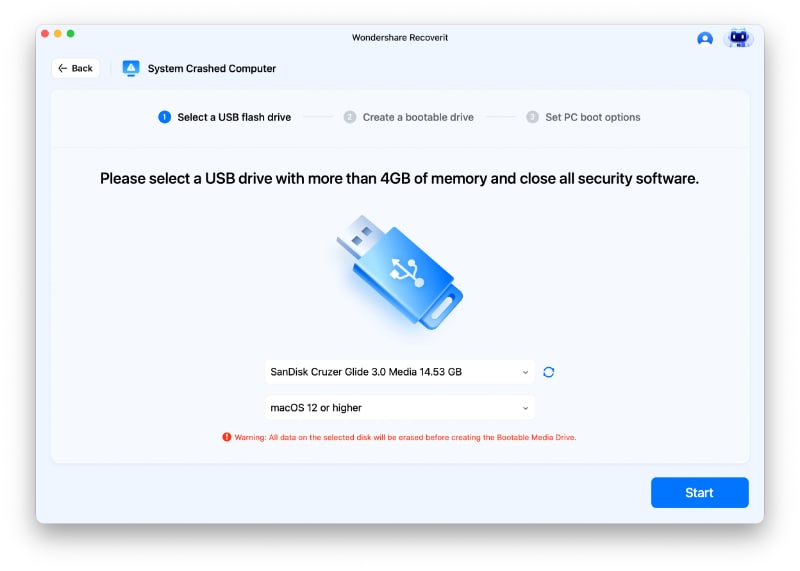
- Wait until the process is complete, and click OK.
- Plug the bootable USB into an unbootable Mac.
- Hold the Option key when restarting the Mac and select booting from the connected bootable USB when it shows.
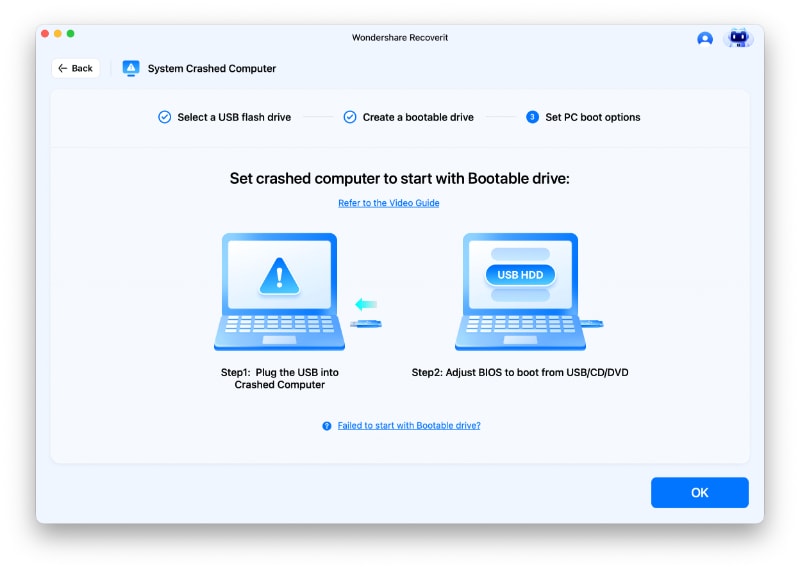
- Connect a working drive or USB to your crashed Mac.
- Select the working drive and select the files you want to recover. Click Start Copy when ready and wait until the process is complete.
How To Fix No Startup Disk on Mac
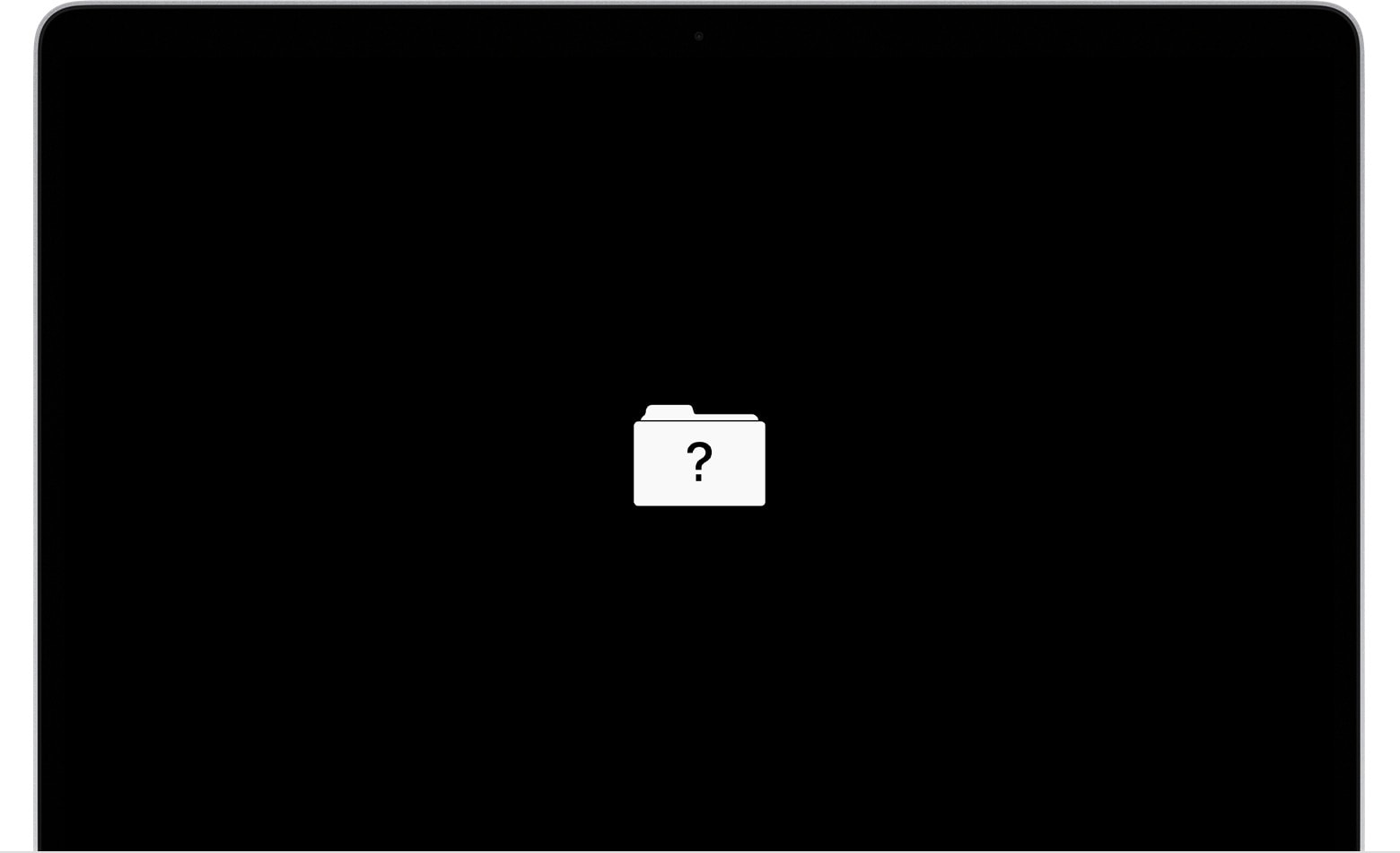
Even though the symptoms of this problem are generally the same, the reasons why you're getting the error message in the first place can be very different. Depending on the cause of the problem, the solutions are different.
Here's a table of scenarios that might lead to the problem and the corresponding solutions you should try for those problems.
| Scenario | Solution |
| No startup disk selected, wrong startup disk is selected; | Select a different startup disk |
| NVRAM stores startup disk selection information, and if it gets disrupted, you might have issues; | Reset NVRAM |
| Accidentally deleted disk, disk errors, corrupted disk, firmware issues, driver issues, etc; | Use macOS Recovery to repair the disk |
| The hard drive is physically damaged; | Change the drive |
| Accidentally deleted the startup disk; | Reinstall macOS |
| Hard drive or other hardware is damaged physically. | Take your drive to the repair shop |
Fix 1: Select a Different Startup Disk
Sometimes your OS simply needs clarification and selects the wrong startup disk or simply leaves the startup disk unspecified. Checking and changing the startup disk selection is always a good idea because this is a simple fix. Here's how to do it:
- Turn off your device.
- (Apple Silicon) Turn on your Mac, hold the power button, and release it when the startup screen shows. You will see the "Loading startup options" message.
(Intel-Based Mac) Turn on your Mac and hold the Option key or Alt.

- You will see a list of available startup disks. Select the right one and click Continue (Apple Silicon) or click the Up arrow (Intel-Based Mac).

- Restart your device, and your Mac will try to start from the drive you've selected.
Fix 2: Reset NVRAM
If you boot your Mac, and it starts with a flashing icon with a question mark, your startup disk isn't working correctly or doesn't have a working OS. If this happens every time you try to boot, you can try resetting your NVRAM:
- Turn on your Mac and press and hold the command button, option button, P, and R for around 20 seconds.

- Release the button after you hear another startup sound. If you have a T2-based device, the Apple logo will show and disappear twice.
Fix 3: Use macOS Recovery to Repair the Startup Disk
Since your startup disk isn't showing and you can't boot your computer to use Disk Utility, you must access Disk Utility through Recovery mode to repair the disk. Here are the steps:
- (Intel Mac) Start your Mac and press and hold (⌘) and R until an Apple logo appears.

(Apple Silicon Mac) Start your Mac and press and hold the power button until startup options show.
- Select the user, enter your password, and you will enter Recovery Mode. Select Disk Utility and click Continue.

- When in Disk Utility, click View and Show All Devices.

- Select your drive, click the First Aid icon, and click Run.

Fix 4: Replace the Drive
Replacing a hard drive on a Mac can be a different process, depending on the model and type. Some are easier than others. If you don't have experience with this kind of work, it's best to leave it to the pros and take your drive to a licensed Apple repair shop.
Here are the general steps:
- Shut down your Mac.

- Remove the screws on the back panel.

- Remove the panel and disconnect your battery connector.

- Remove the screws holding the hard drive.
- Remove the black bar and remove the screws if there are any.

- Remove the drive and reverse the steps with a new drive.
Fix 5: Reinstall MacOS
If you've accidentally deleted your drive or some system files, your Mac won't be able to boot. Luckily, you can reinstall your macOS without booting using macOS recovery:
- (Intel Mac) Start your Mac and press and hold (⌘) and R until you enter Recovery.

(Apple Silicon Mac) Start your Mac and press and hold the power button until you enter Recovery.
- Click Reinstall macOS and then Continue.

- Follow the instructions and wait until the process is complete.
- Don't turn off your device or close the lid while the installation is ongoing.
Fix 6: Contact a Repair With Apple or an Authorized Service Center
If none of these steps work for you or you don't have the experience or skills necessary to follow them, it's best to take your Mac to the nearest service center. It's better to leave the job to the professionals if you don't have any technical experience in dealing with these kinds of problems.
Conclusion
When dealing with the no startup disk on Mac problem, you can select a different startup disk, reset your NVRAM, repair your disk with macOS repair, change your drive, reinstall the disk, or take your Mac to the nearest repair service. It's a common issue many people have dealt with on their own.
However, if you don't have experience fixing software issues or your drive is physically damaged, it's best to take the device to the repair shop and let them help you. Follow these steps carefully, and we guarantee you'll be able to fix your Mac!
People Also Ask
- What does the "no startup disk" error actually mean?
This error means your Mac's firmware cannot locate a bootable operating system on any of the connected drives. This is often due to file system corruption, a faulty hard drive cable, or incorrect startup security settings, leading to a situation where the computer can't find a startup disk.
- Can I fix this problem without losing my personal data?
Yes, in most cases. The primary tool for this is Disk Utility's "First Aid," which you can run from Recovery Mode. This function attempts to repair disk errors without erasing your data. You should only consider reformatting the drive (which causes data loss) after you have backed up your files.
- The startup disk is not even showing up in Disk Utility. What now?
If the drive is completely invisible in Disk Utility (even after selecting "Show All Devices"), it could indicate a more serious issue like a Mac disk disconnect due to a failed internal cable or complete drive failure. At this point, checking the physical connection or consulting a professional technician is recommended.
- How can I select a startup disk on my Mac manually?
You can force your Mac to look for available startup disks by holding down the Option (⌥) key immediately after you turn it on. This will bring up the Startup Manager, showing all bootable drives. If your drive appears here, you can select it to boot and then set it as the default in System Settings.
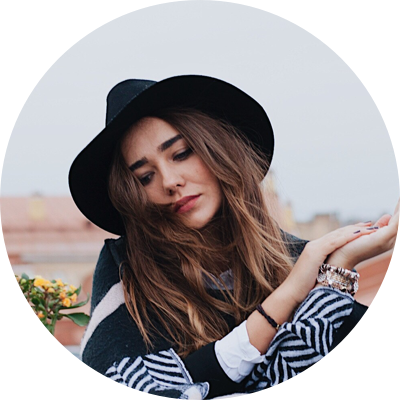

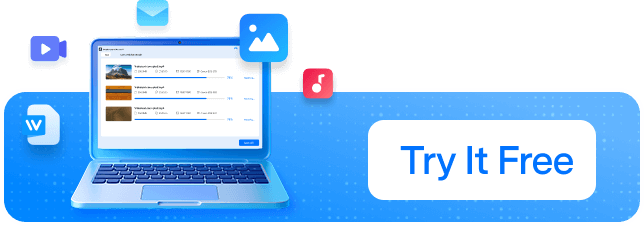
 ChatGPT
ChatGPT
 Perplexity
Perplexity
 Google AI Mode
Google AI Mode
 Grok
Grok























